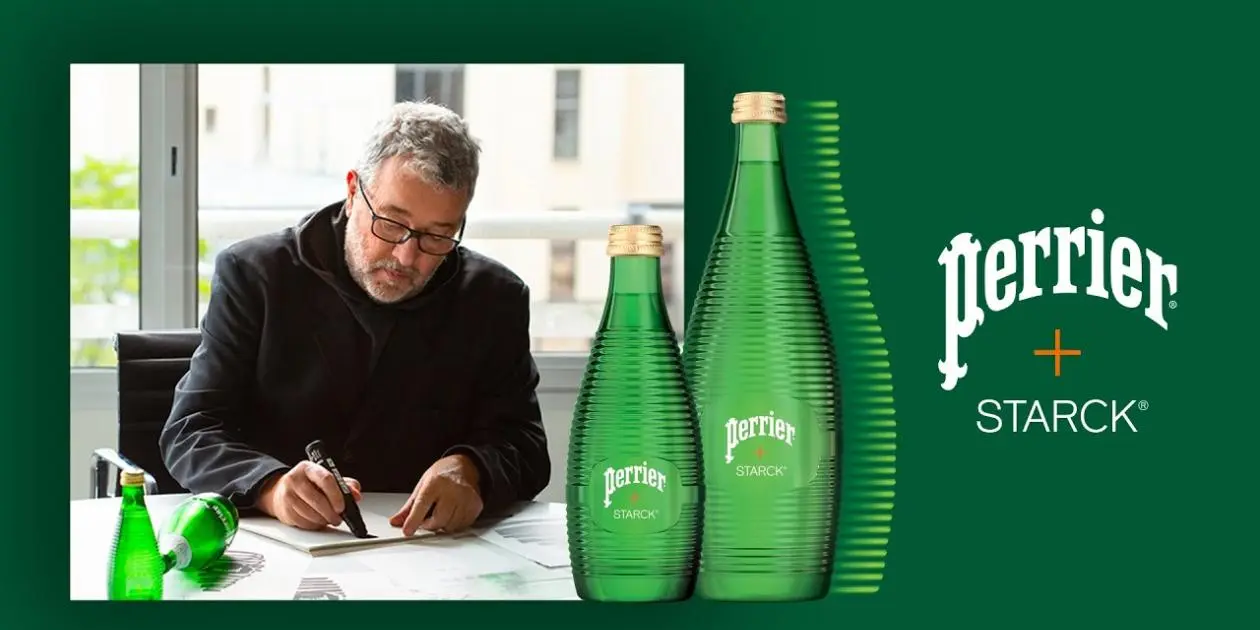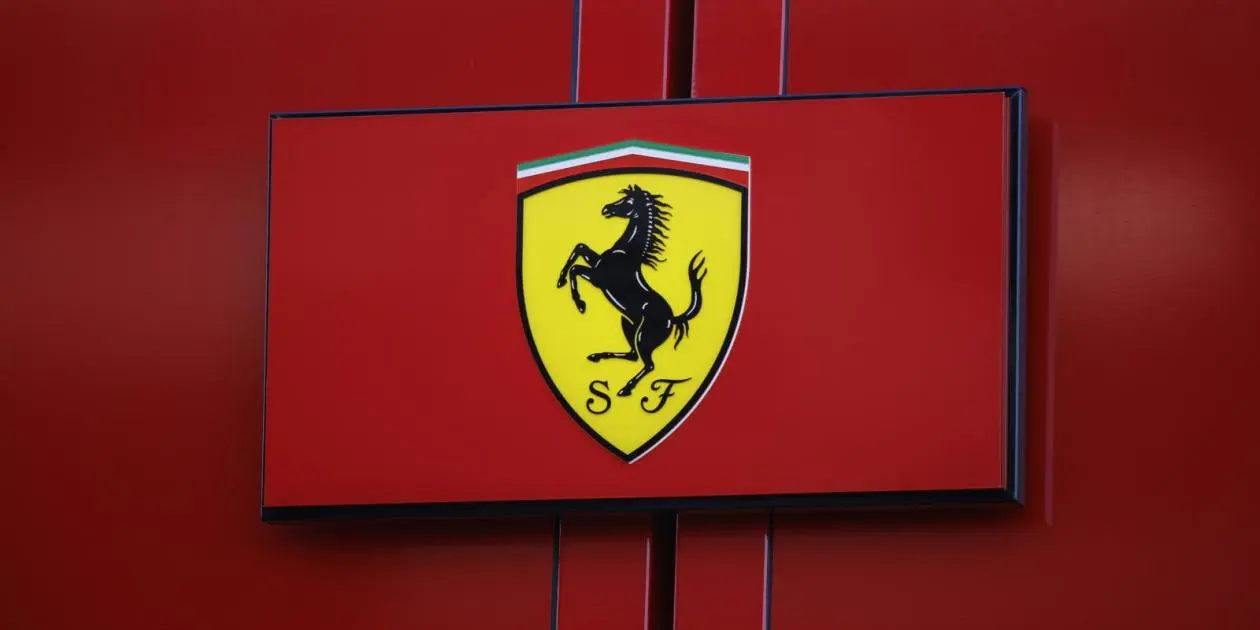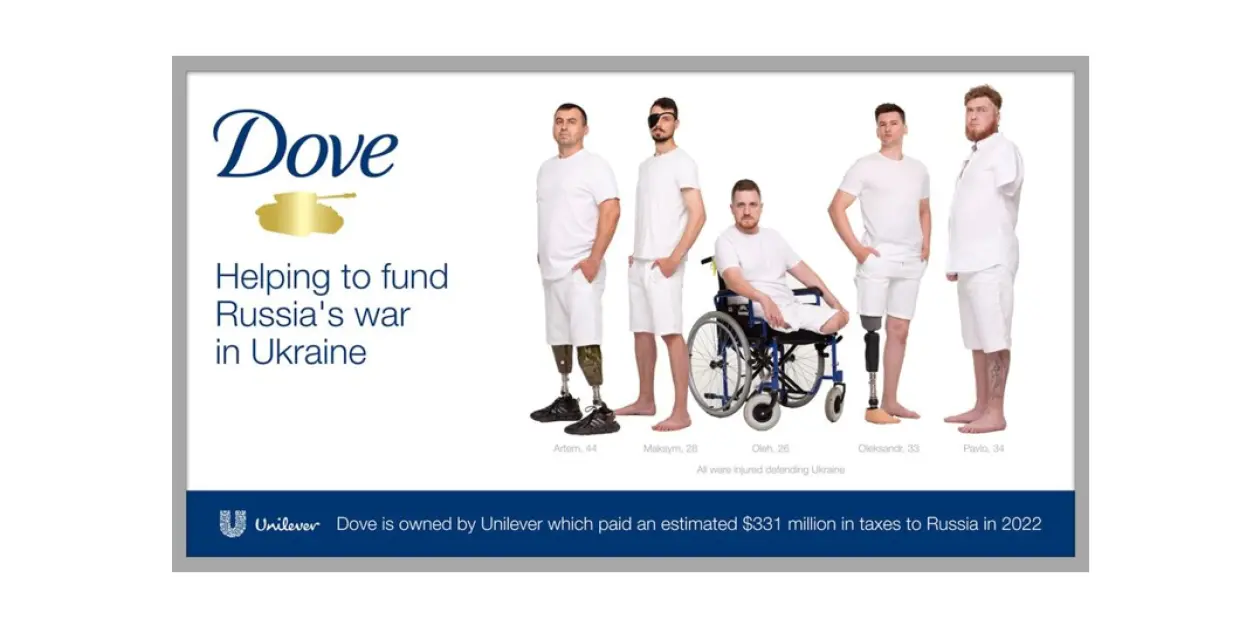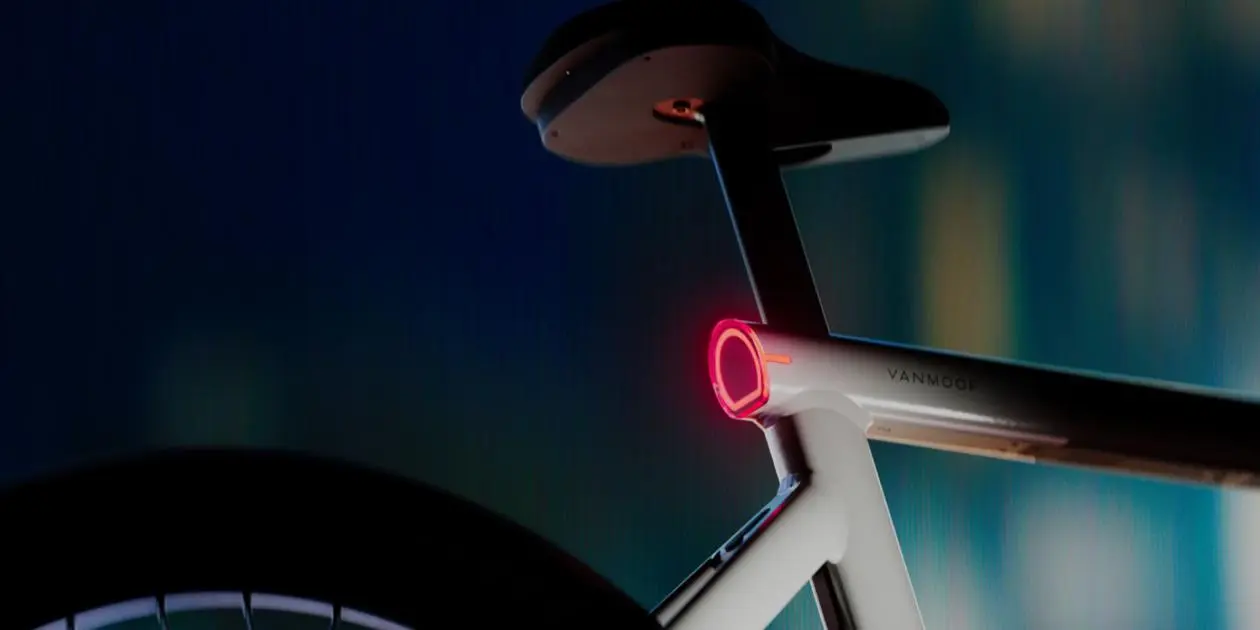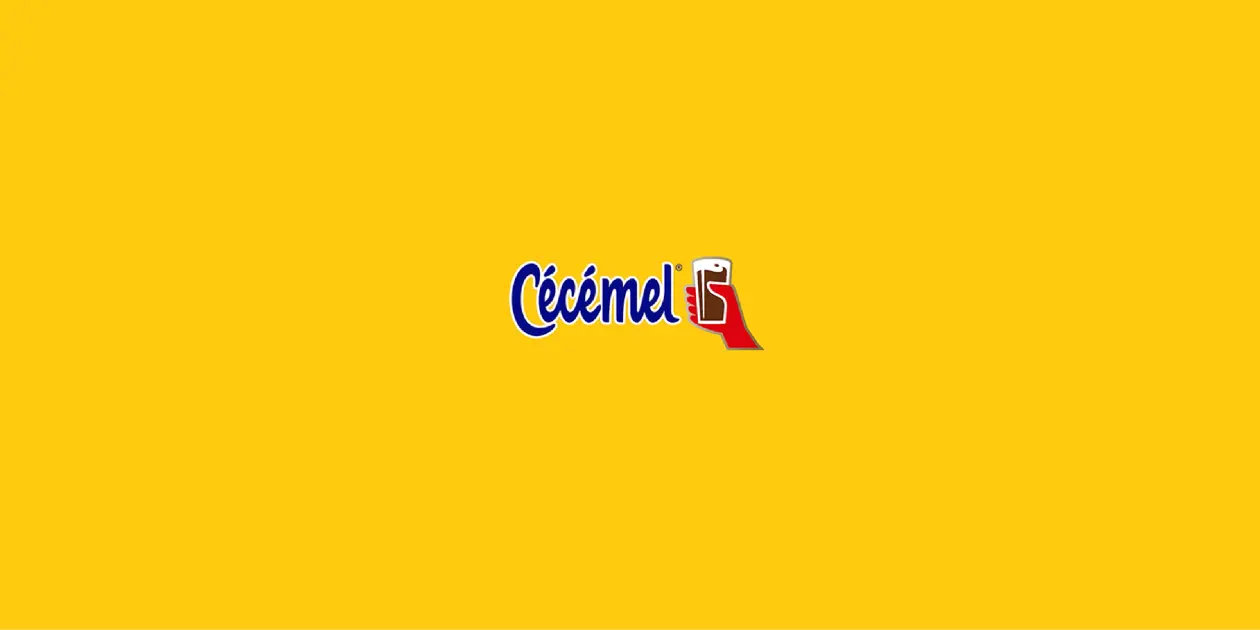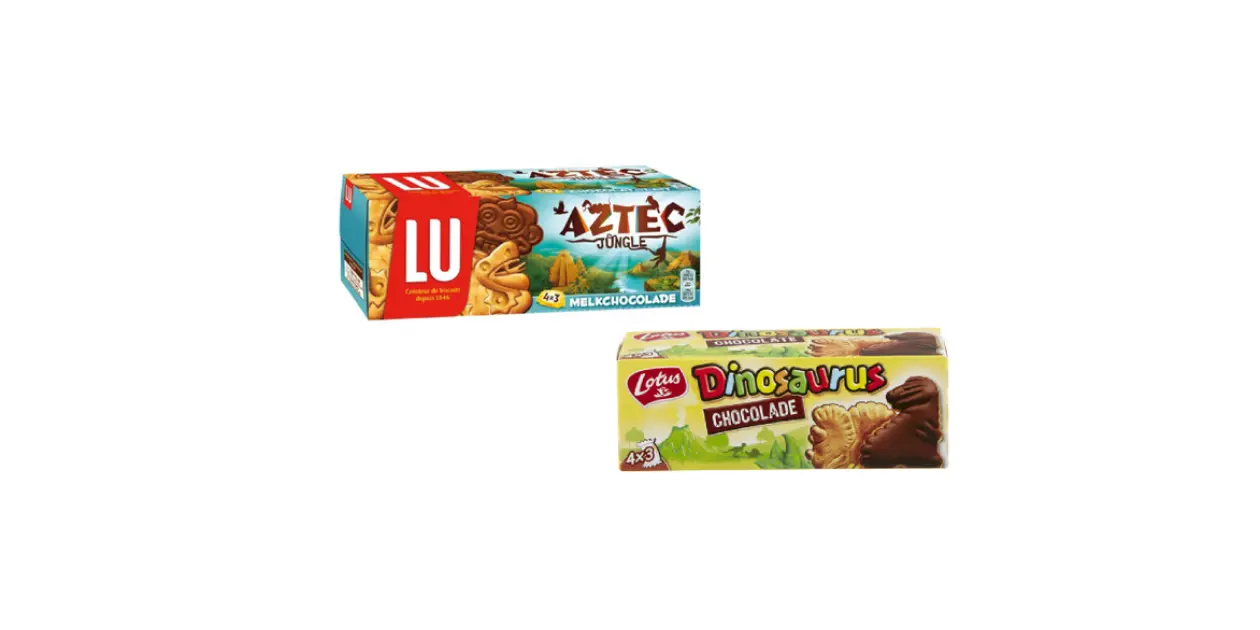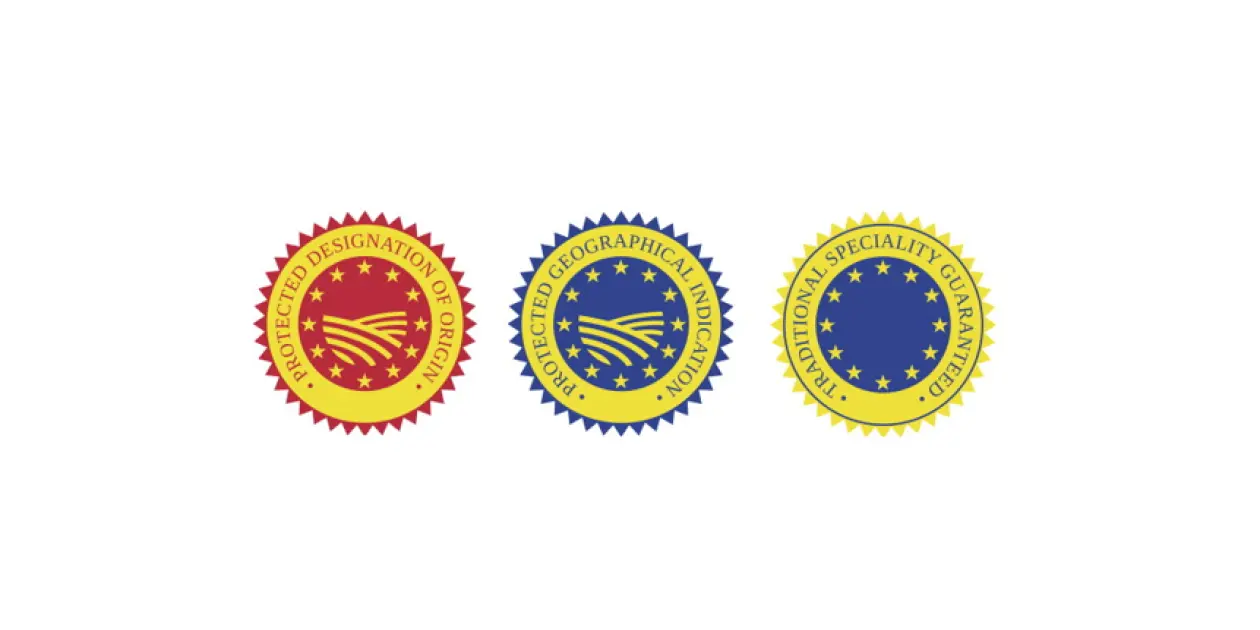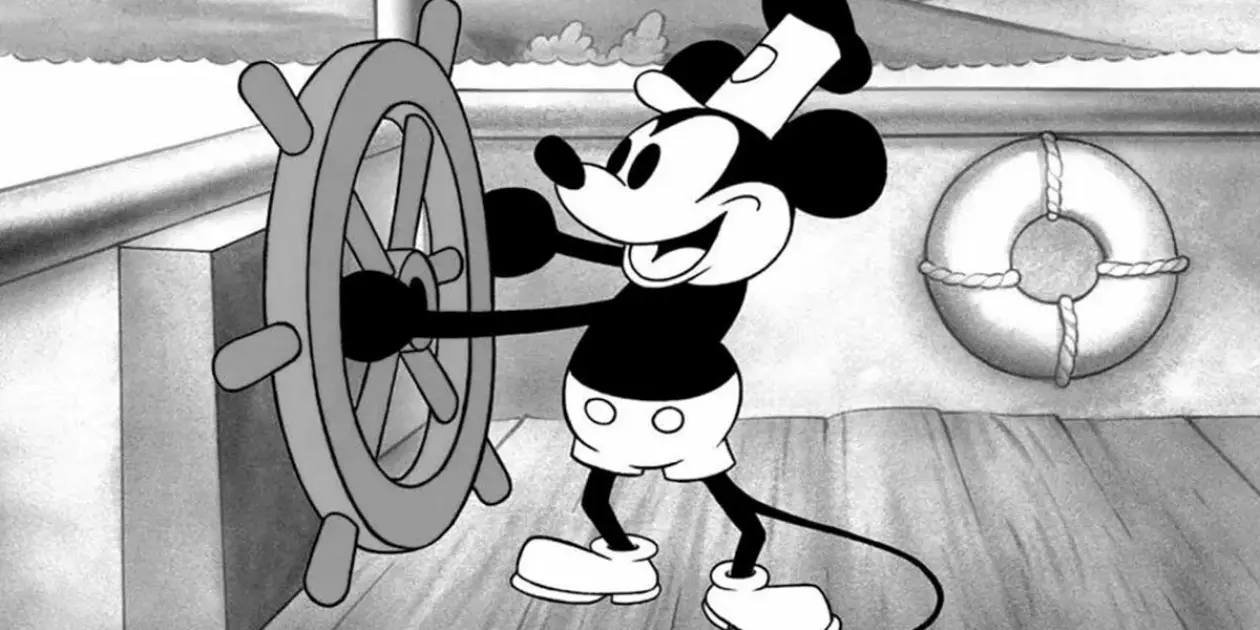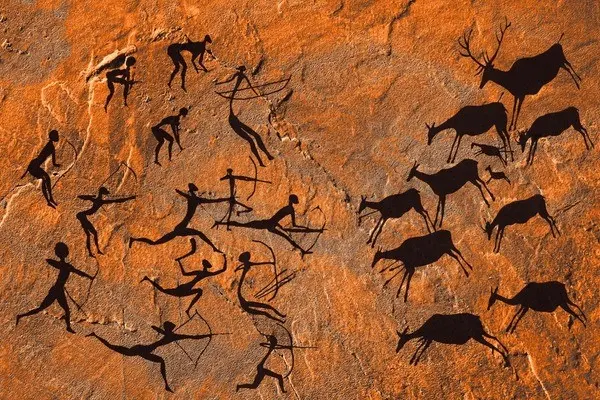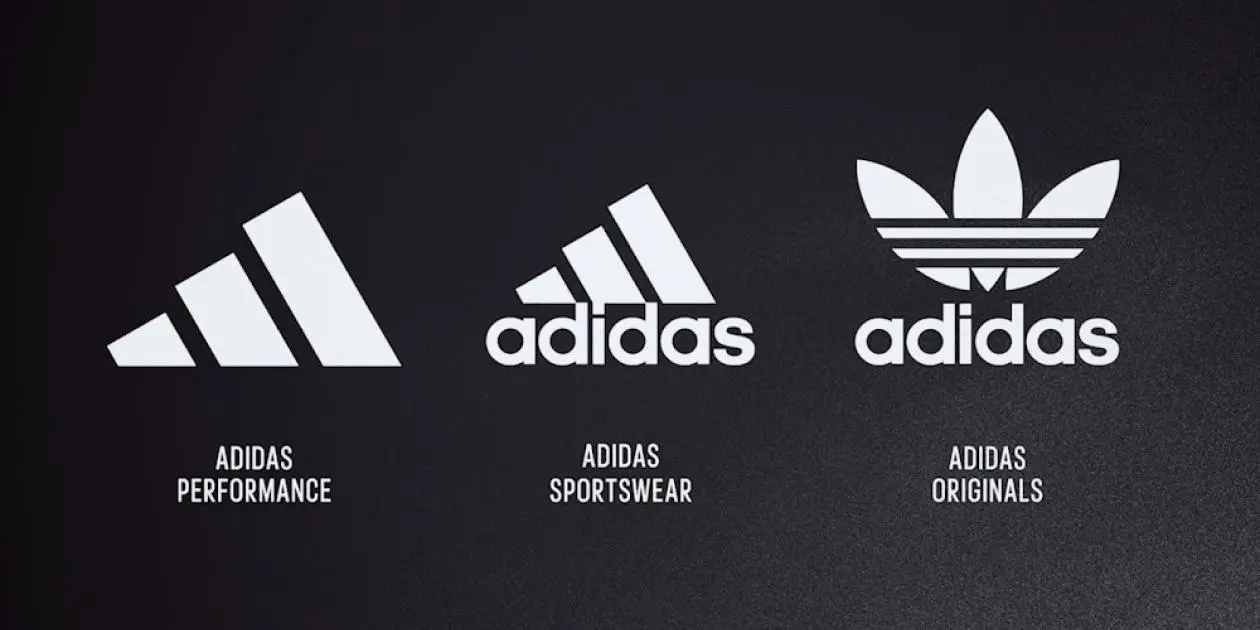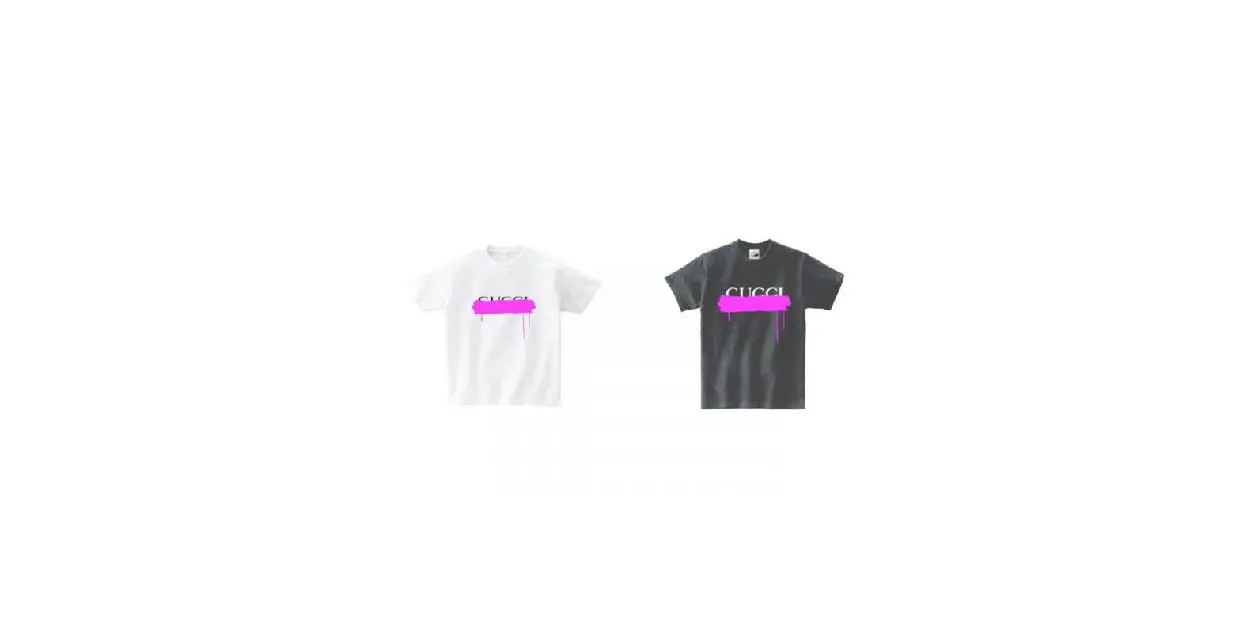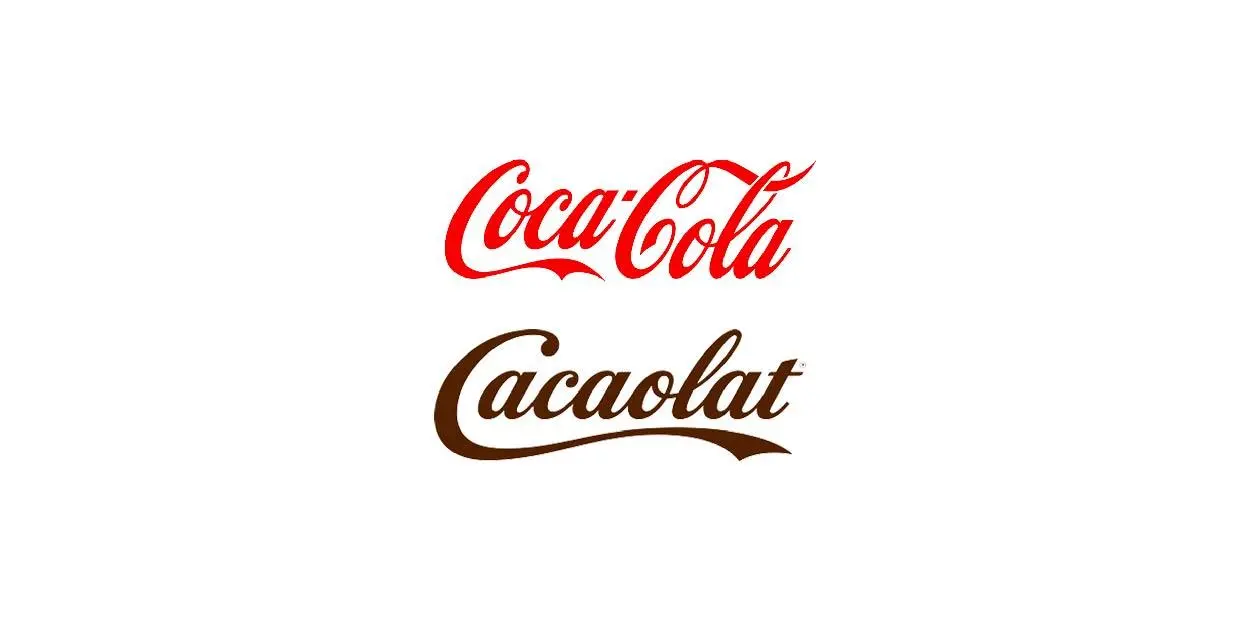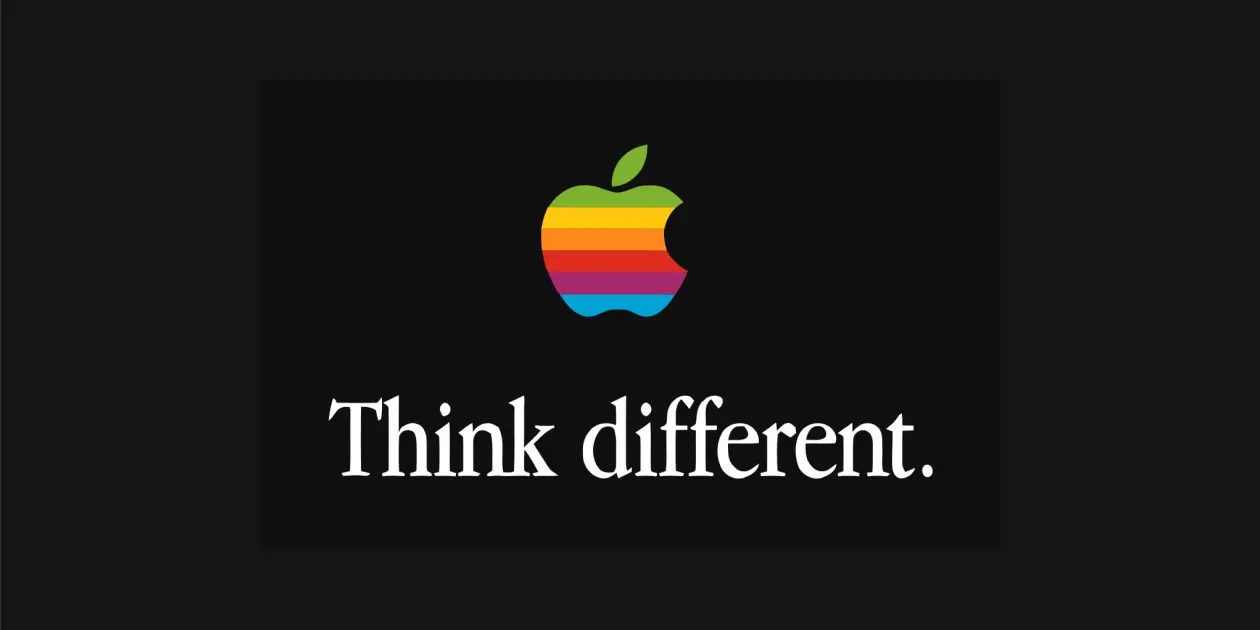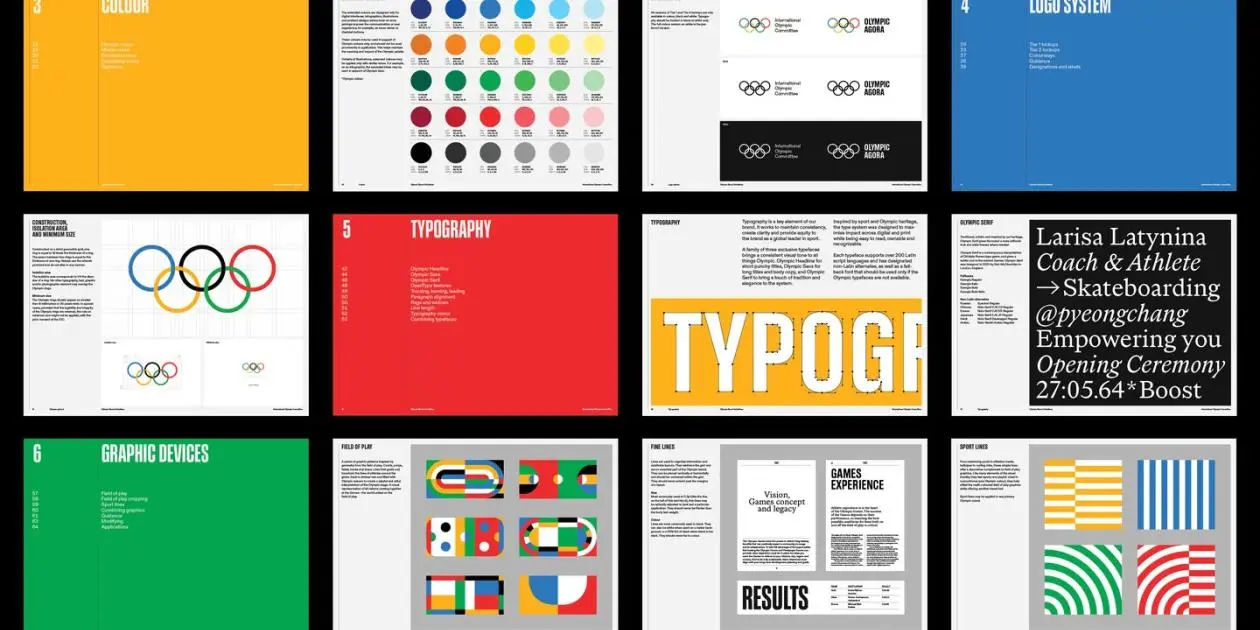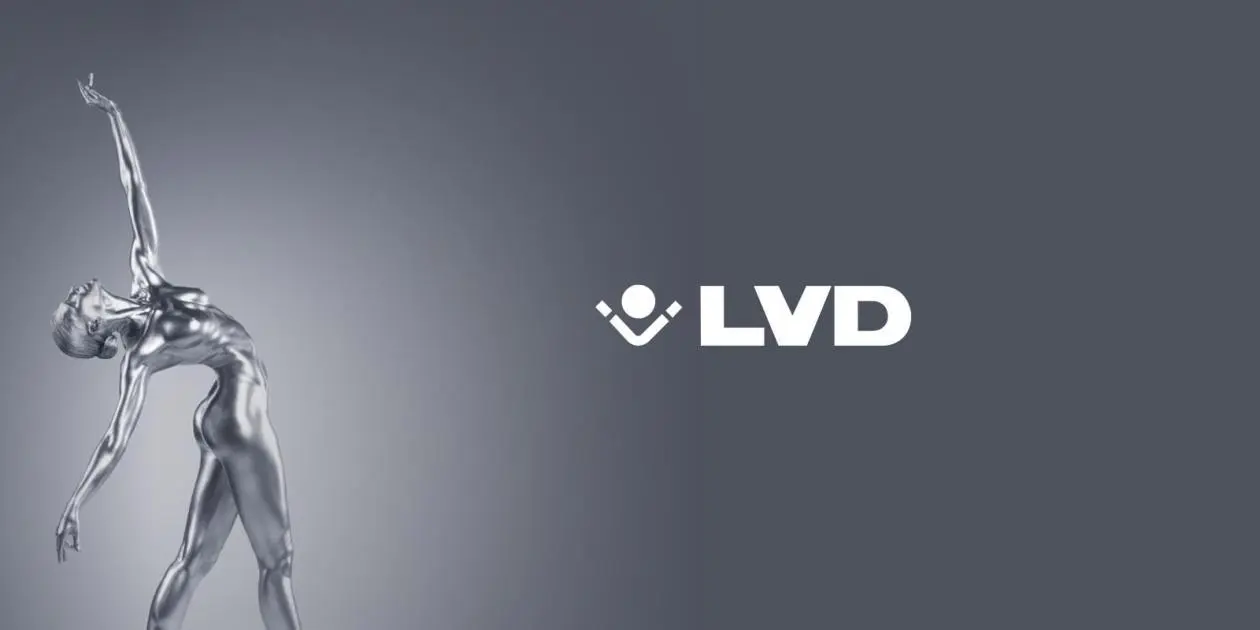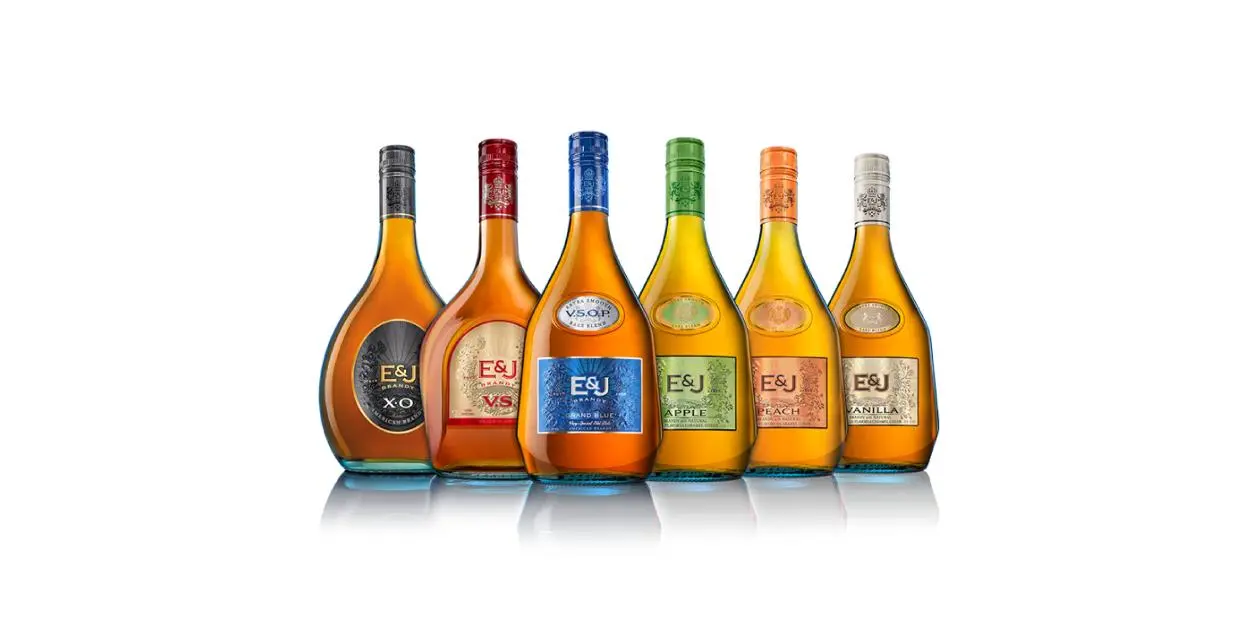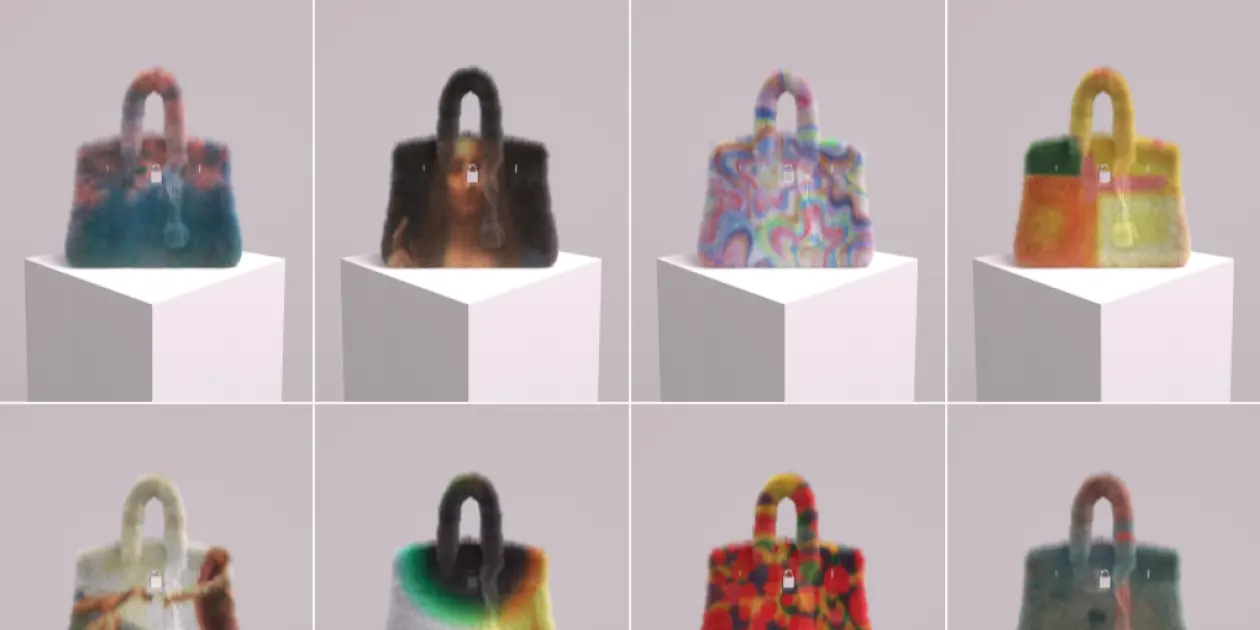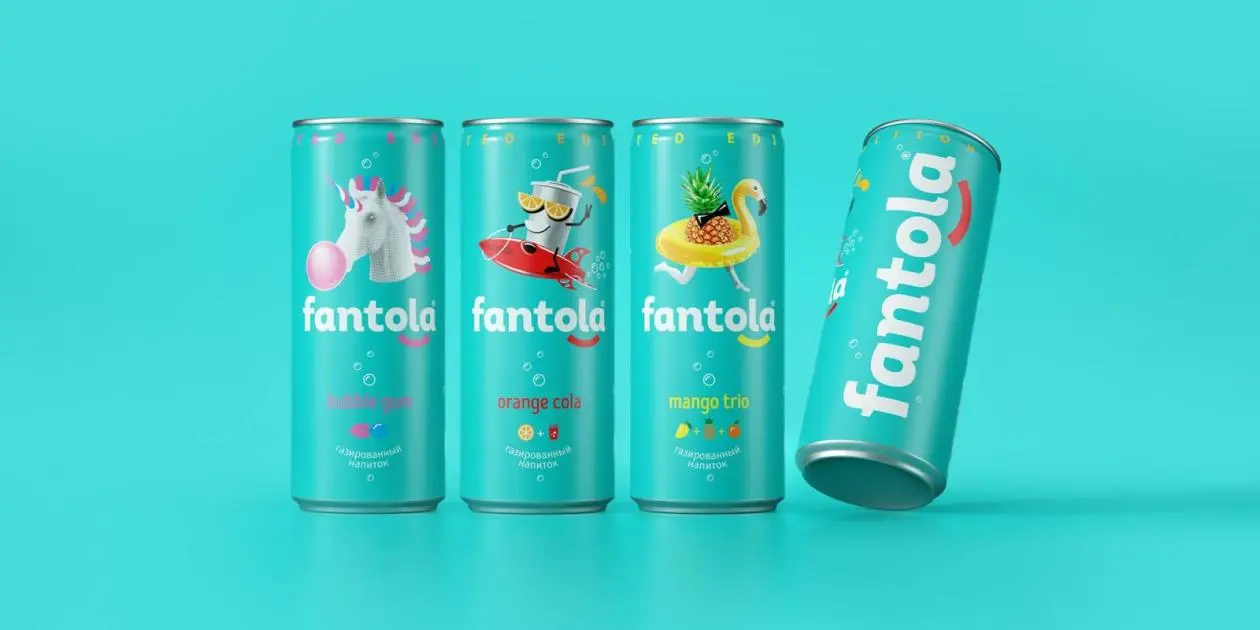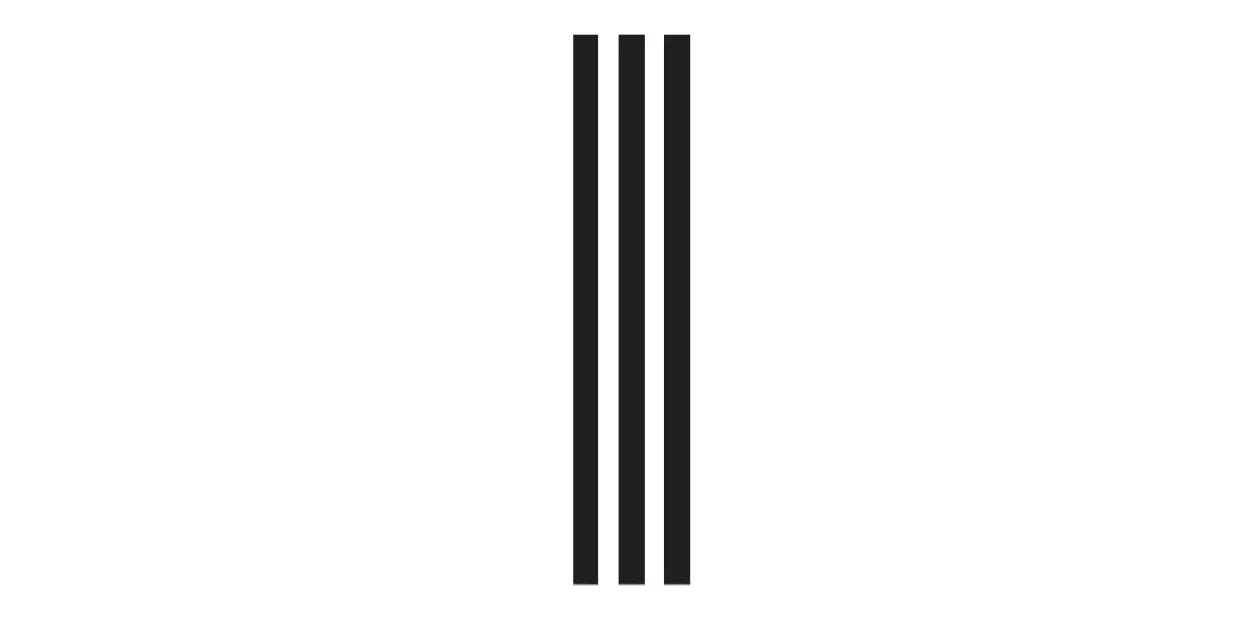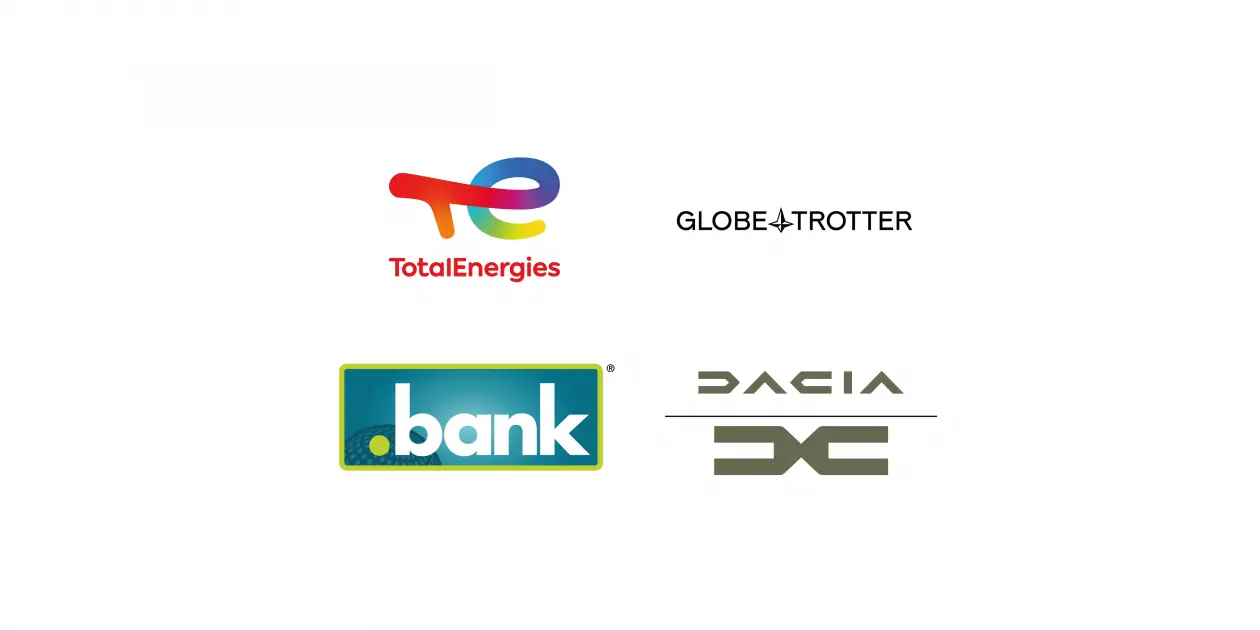Figurative trademarks


Purely figurative trademarks
Purely figurative trademarks are figurative trademarks which do not contain any words. Examples include shapes, lines, symbols, pictures of people, and so on.
These types of trademarks are often refused for registration because they lack distinctiveness or because they are descriptive or lack of distinctive character. A great example of this is when Vans tried to register their typical Sidestripe as a trademark. The application was refused because the EUIPO ruled that the line by itself did not have any distinctive character.
Sometimes applicants also file a simple shape or line in a particular colour to overcome a refusal by the trademark office, but this will not suffice. However, colour combinations can be used to overcome this problem, as these can make the sign distinctive.
For example, Lidl was able to register their logo even without the word “Lidl” due to the colour combination, despite the sign only consisting of simple geometric shapes.
Another solution may also be provided by combining several simple shapes or lines into a more complex sign. This is the case for Samsonite’s iconic ‘bagel’, which is essentially a circular shape made out of four crescents. You can read more about how Remarkable played a vital role in changing Samsonite’s emblem here.
When it comes to symbols, the general rule is that basically anything you can find on your keyboard will not be accepted. Other symbols are usually accepted, provided that they are not too trivial and do not describe the goods and services for which the trademark is filed.
Realistic representations of animals are also refused. However, abstract and fanciful representations of animals will lead to the sign being accepted. Think of the creative way Mozilla Firefox portrays the fox in its logo.
Caution is advised when using realistic silhouettes of sport athletes, as these will be refused if they clearly indicate that the product is aimed at people who practice that sport. If a sign merely hints at that, as is the case for the Nike’s famous “Jumpman” silhouette of Michael Jordan, the sign will be accepted.
In short: avoid simple, realistic and trivial signs. Instead, dare to be creative with your logo design. Fanciful and abstract representations as well as unique colour combinations make for a good logo design. If you are still unsure about whether your sign makes a good logo, get in touch!
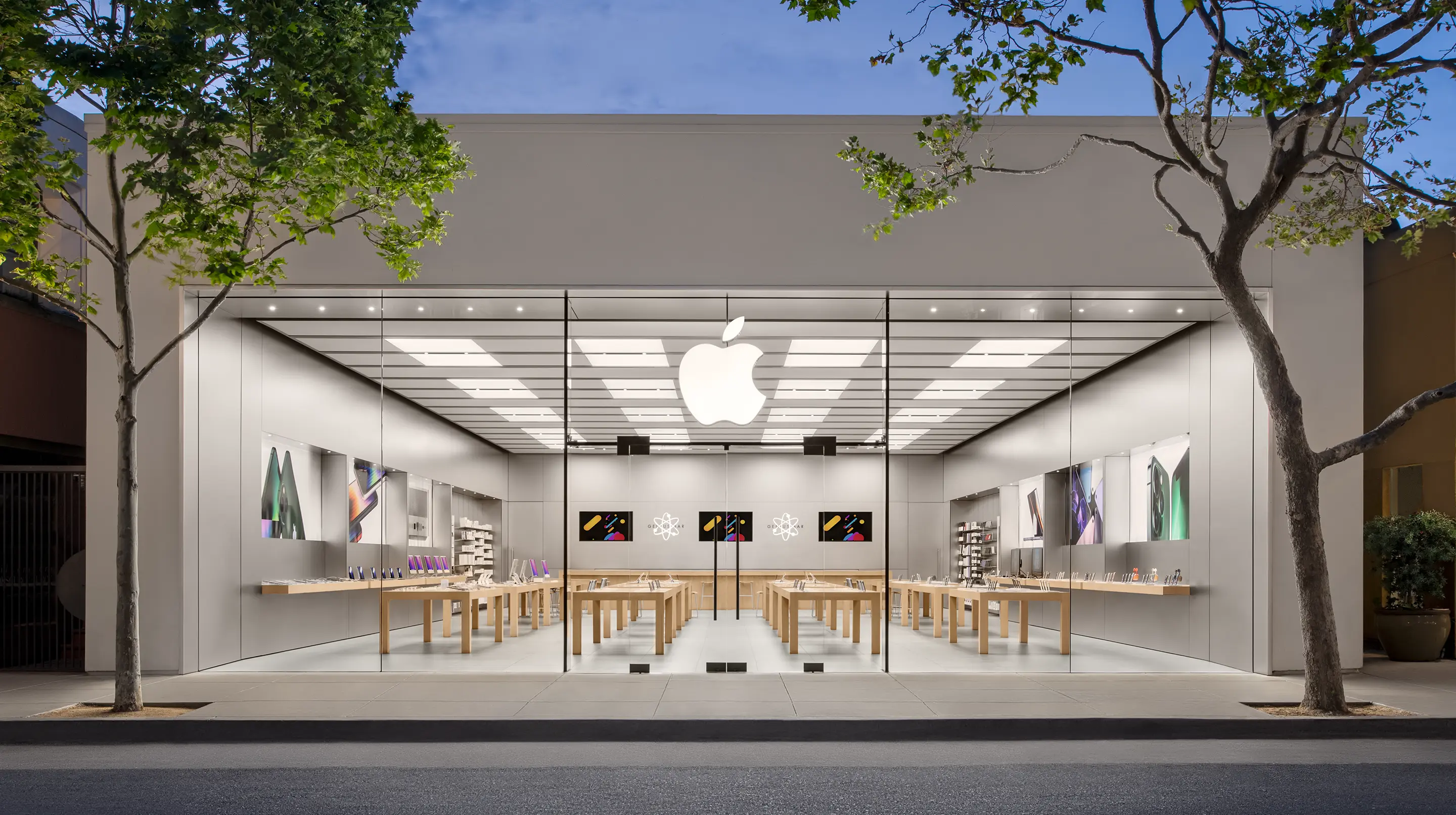
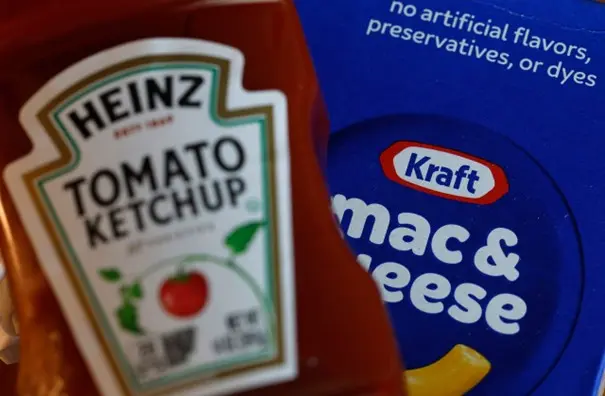



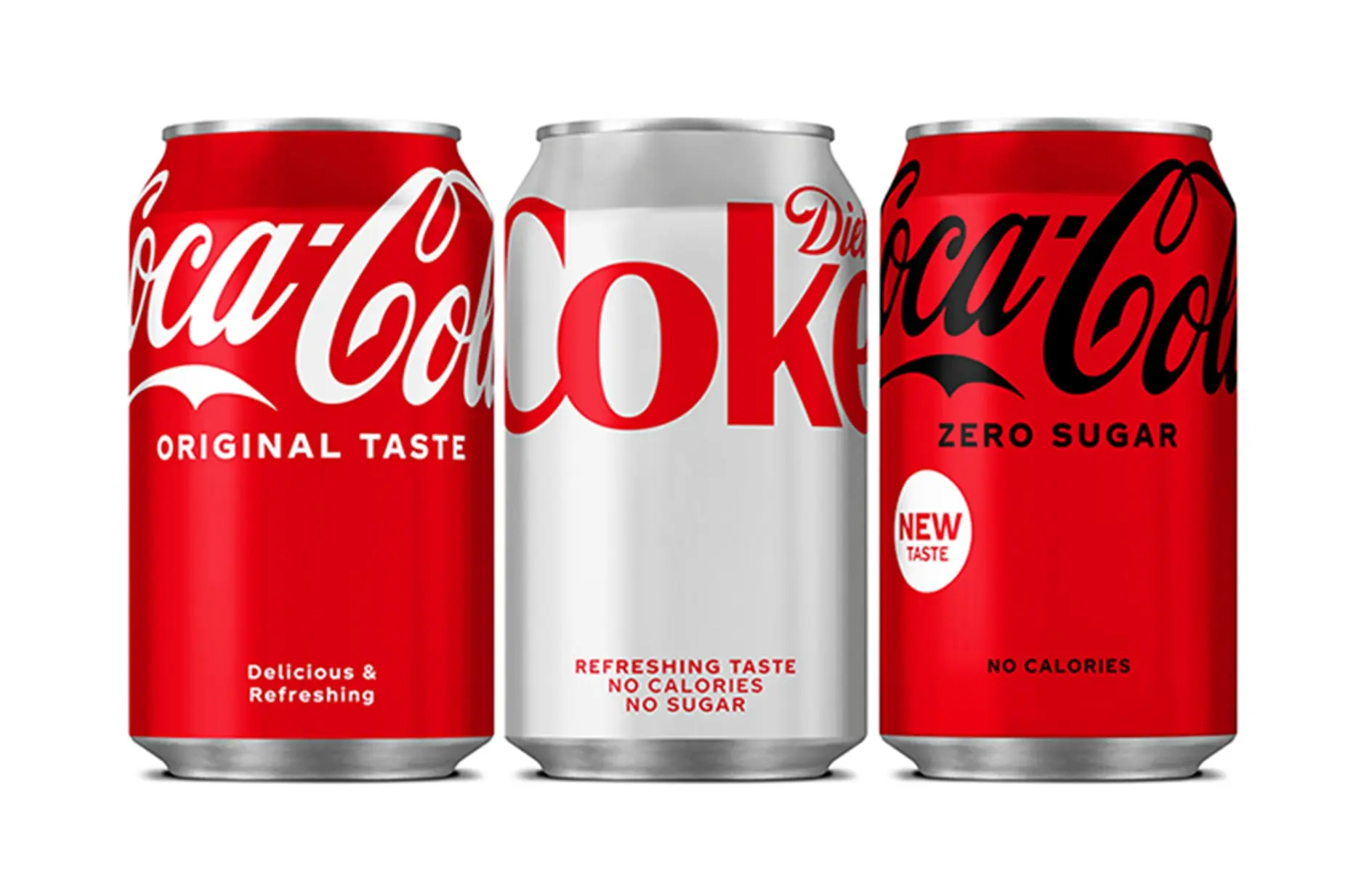
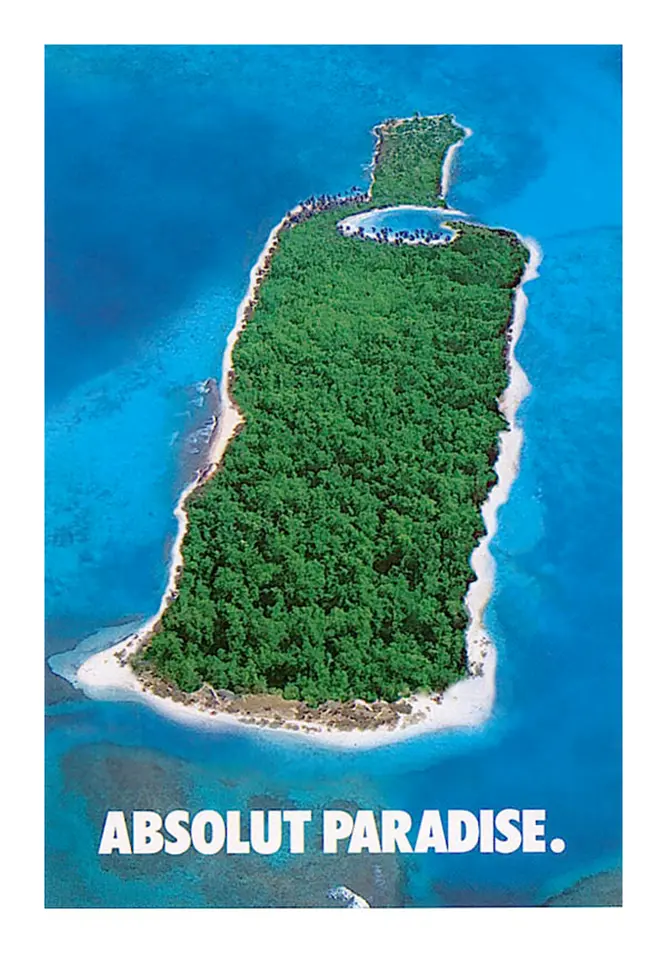



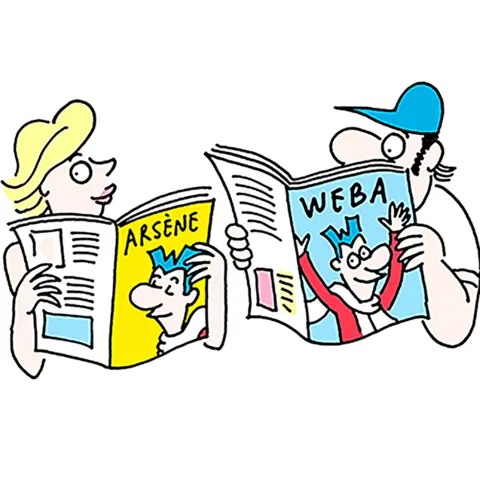
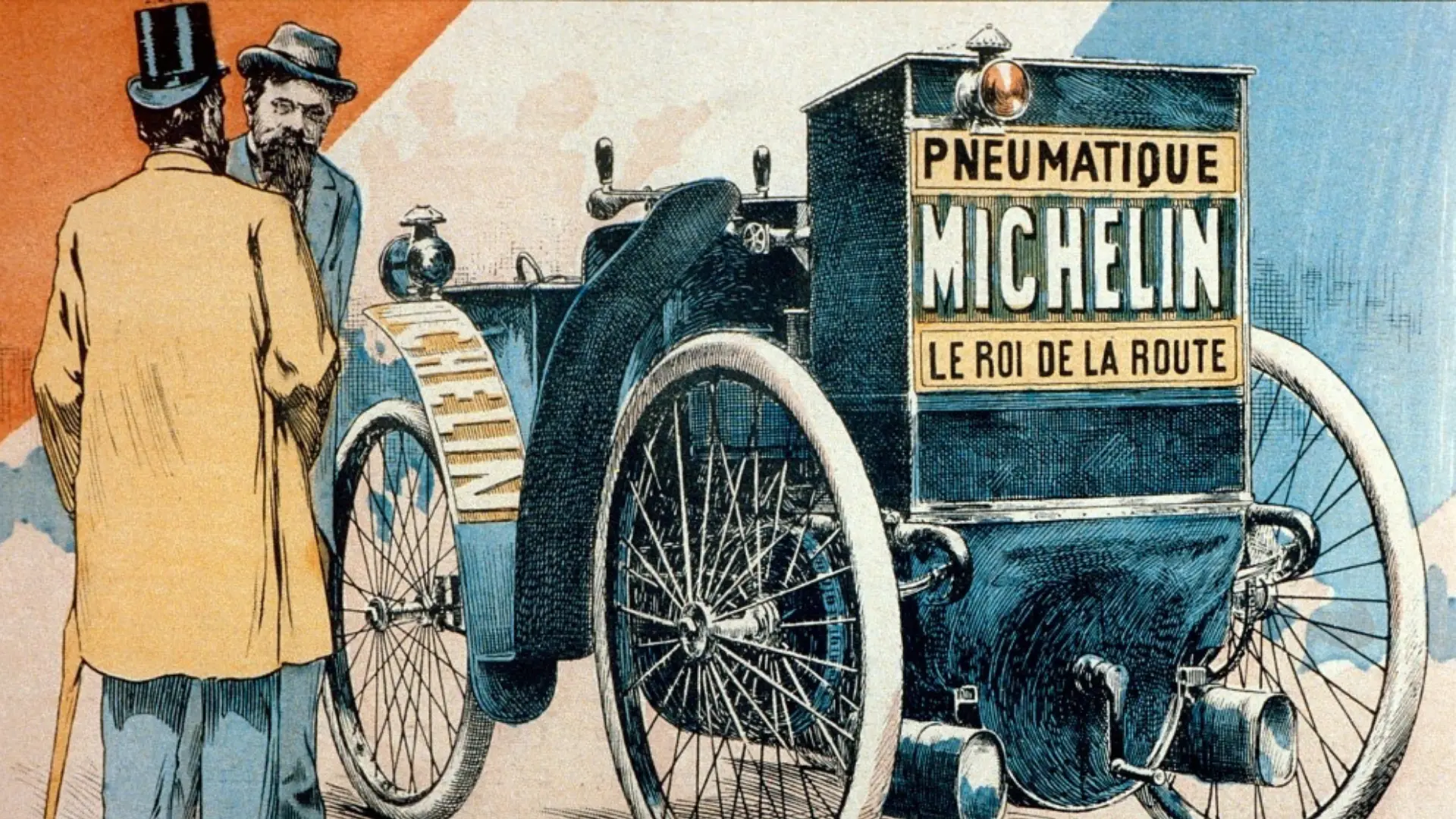







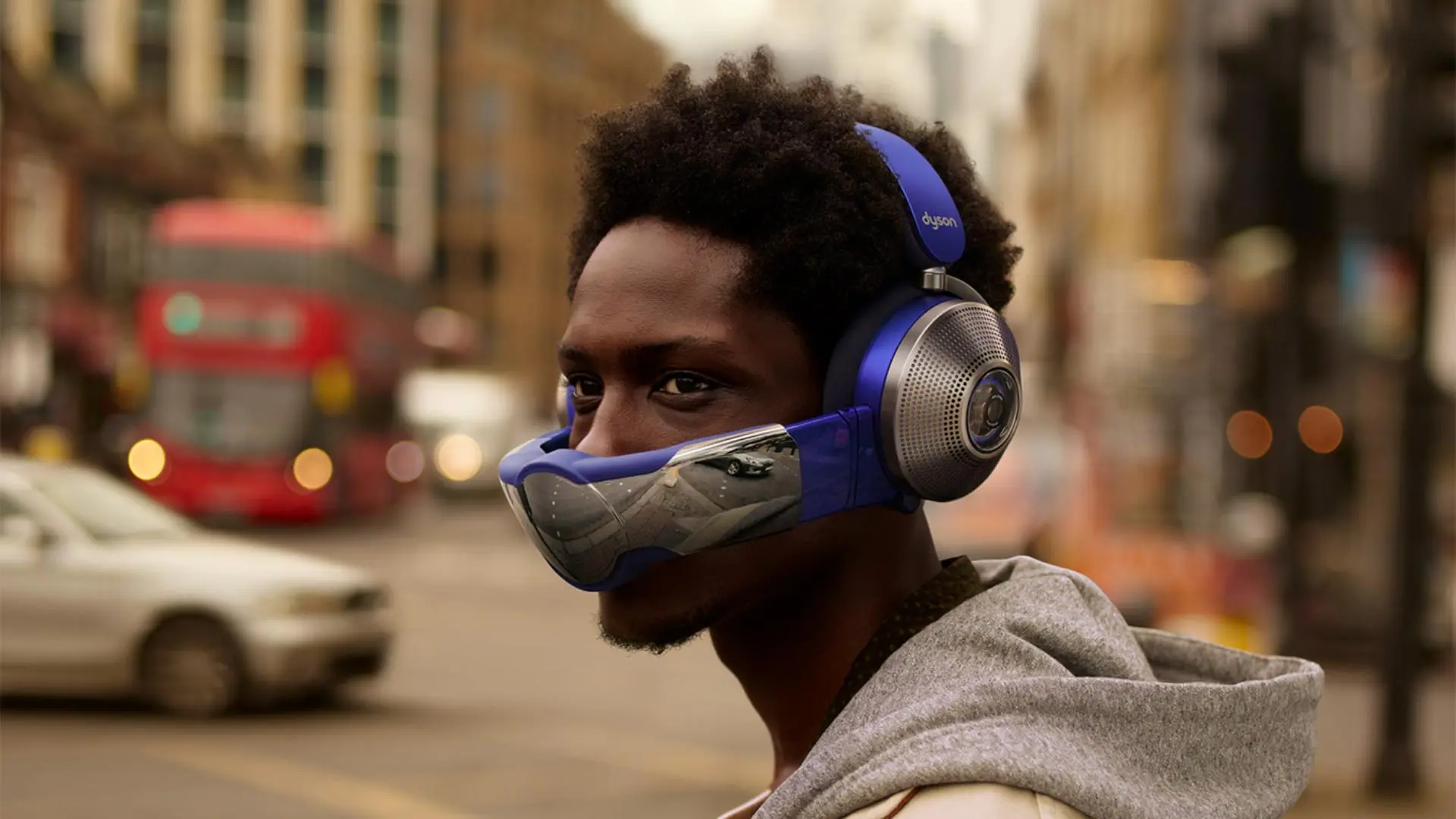

.webp)






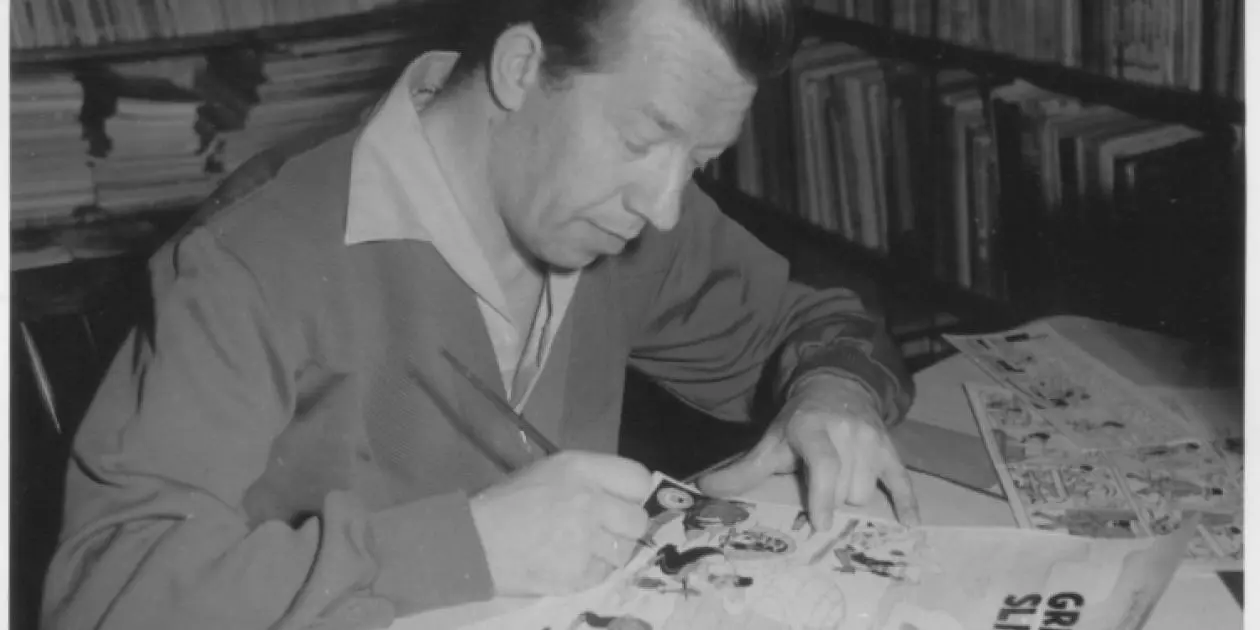
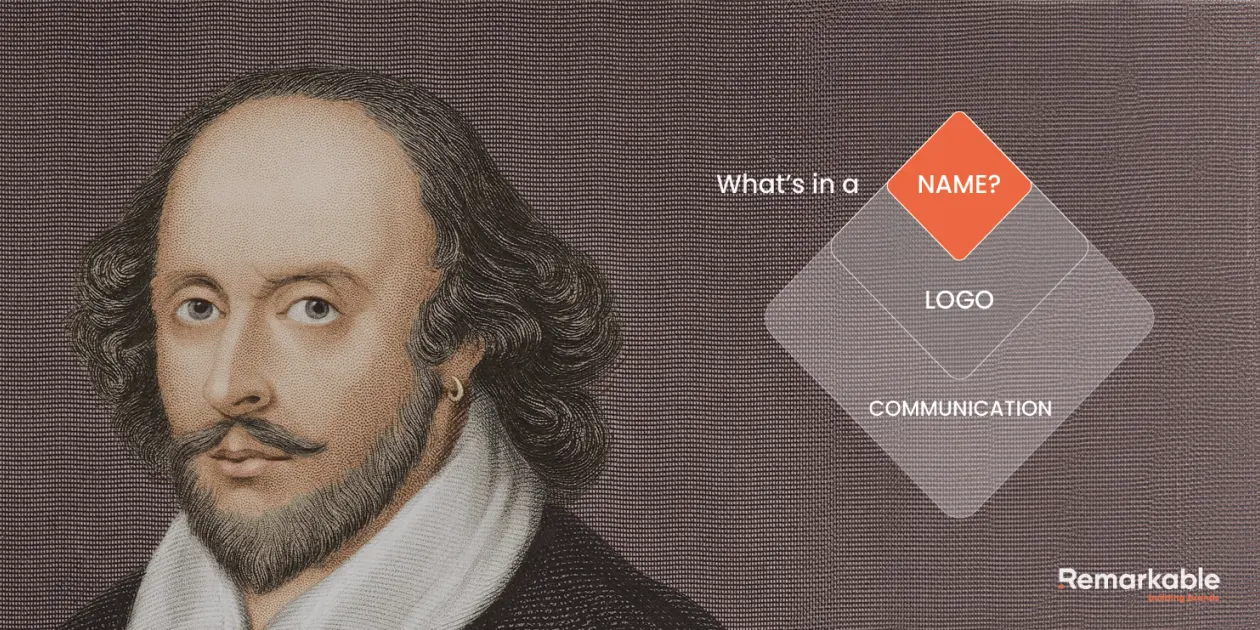

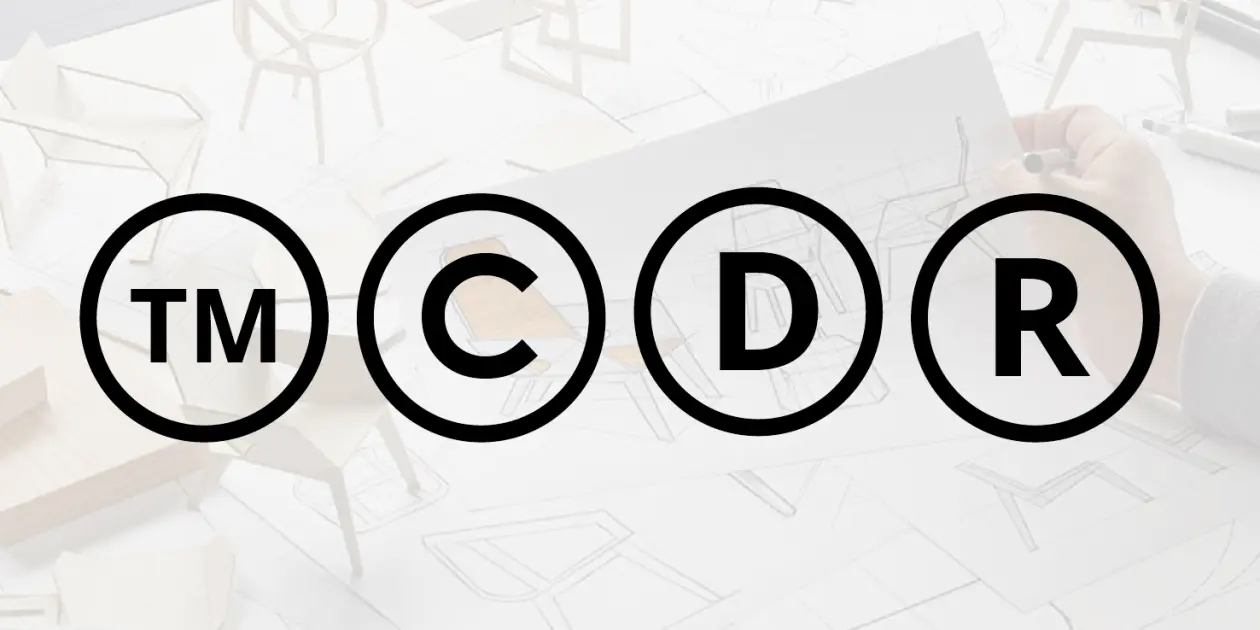

.webp)
.webp)


